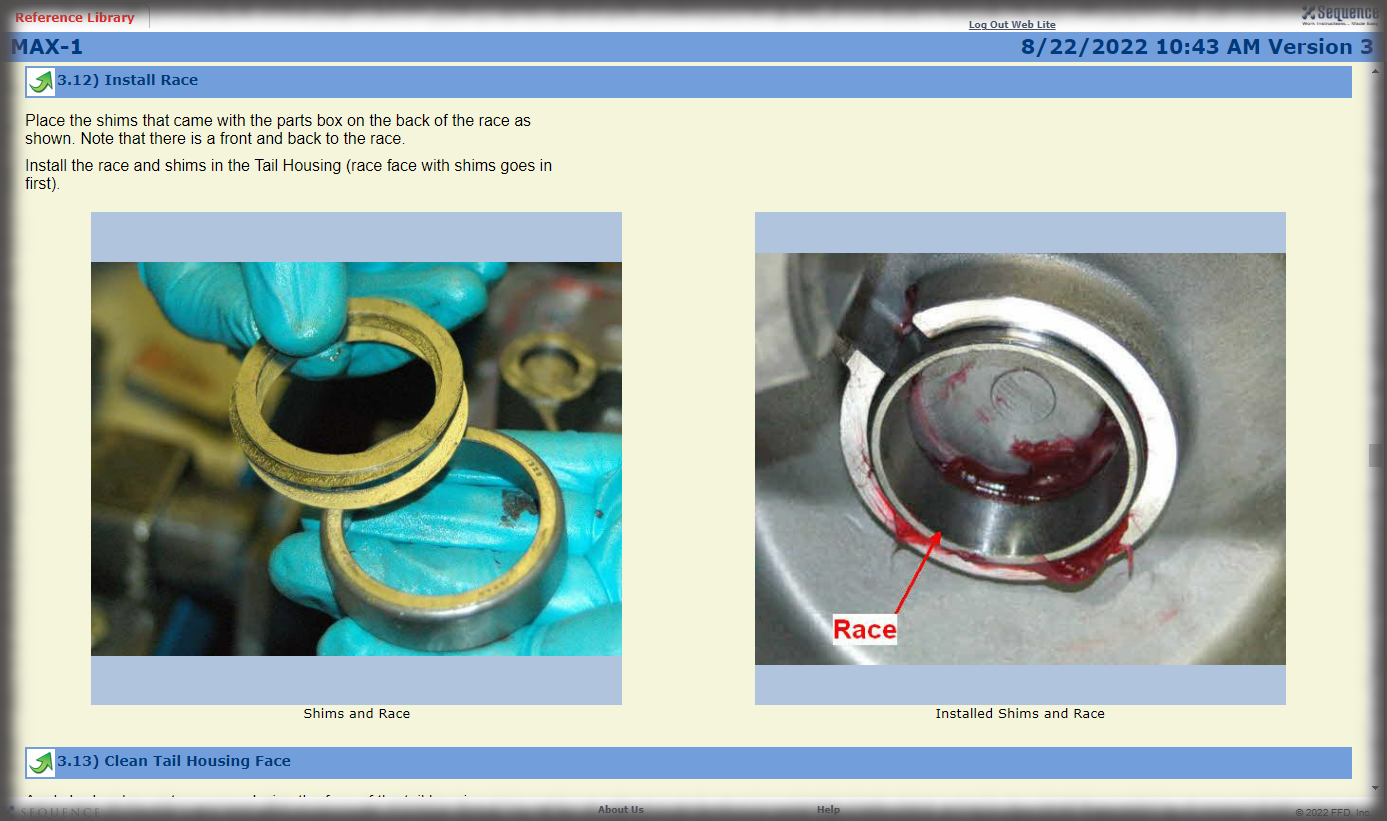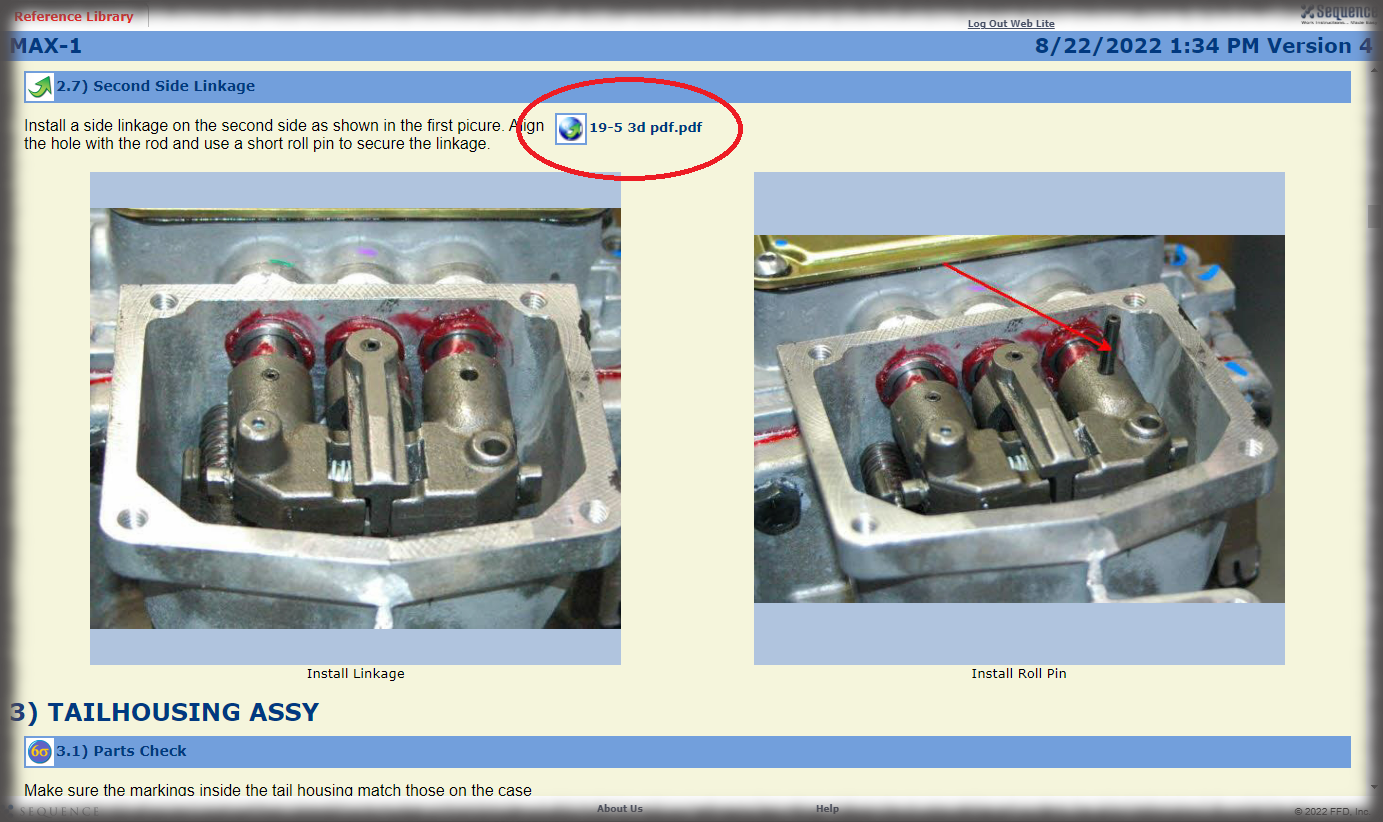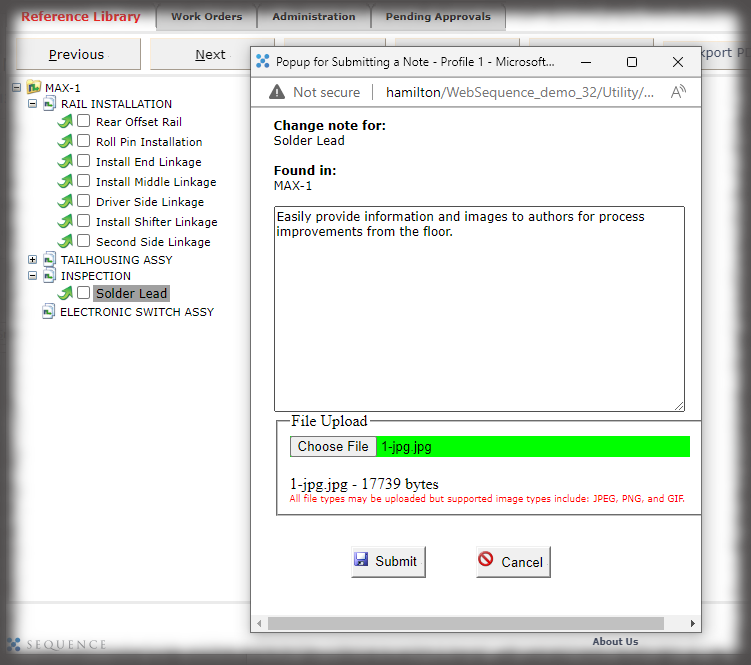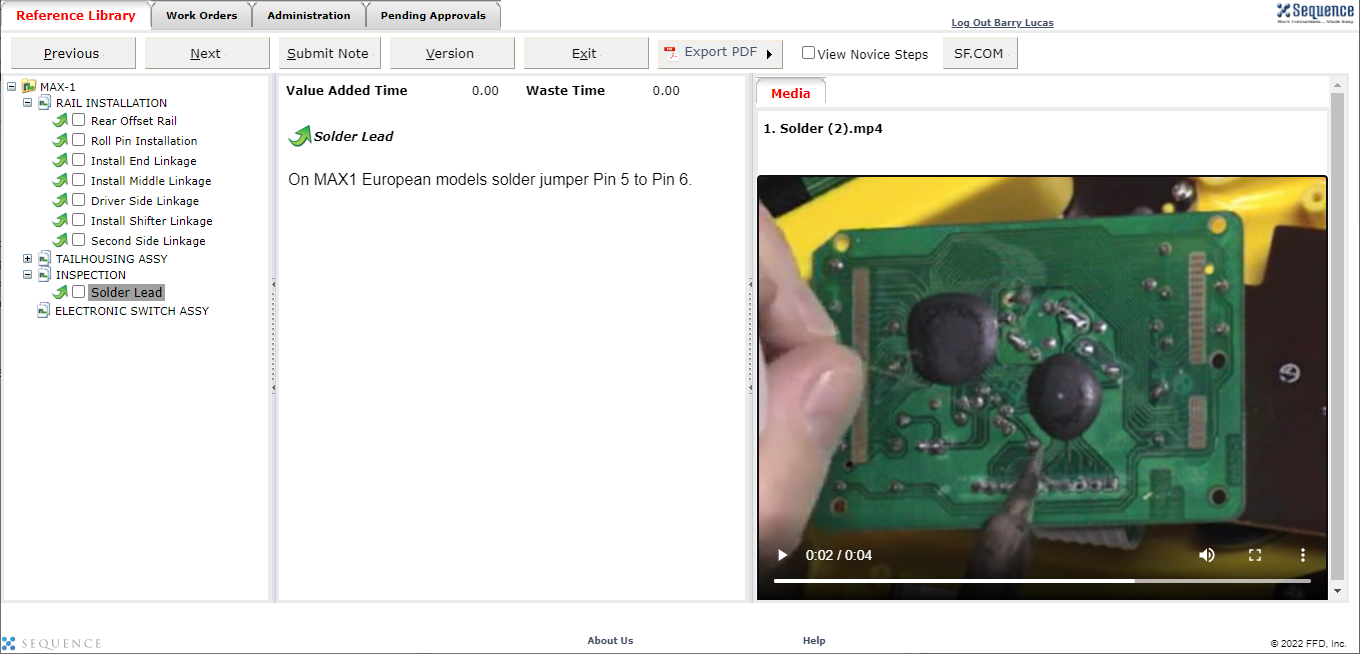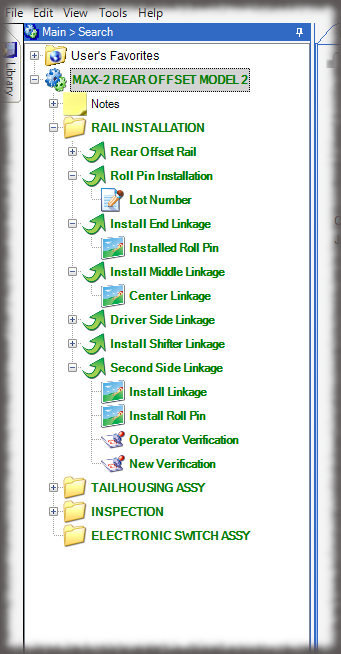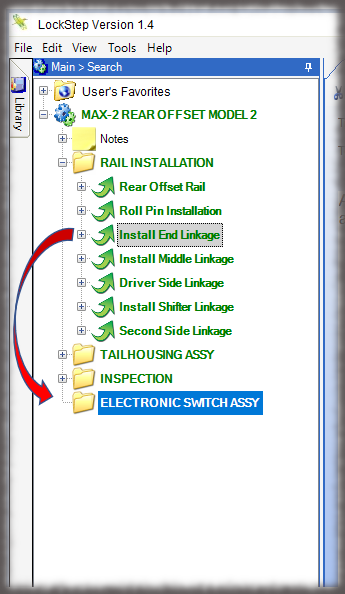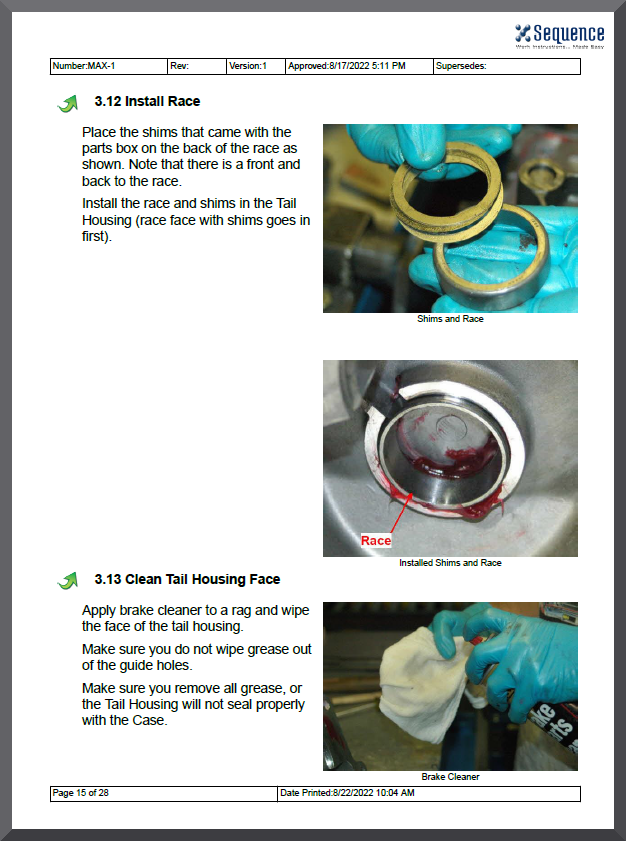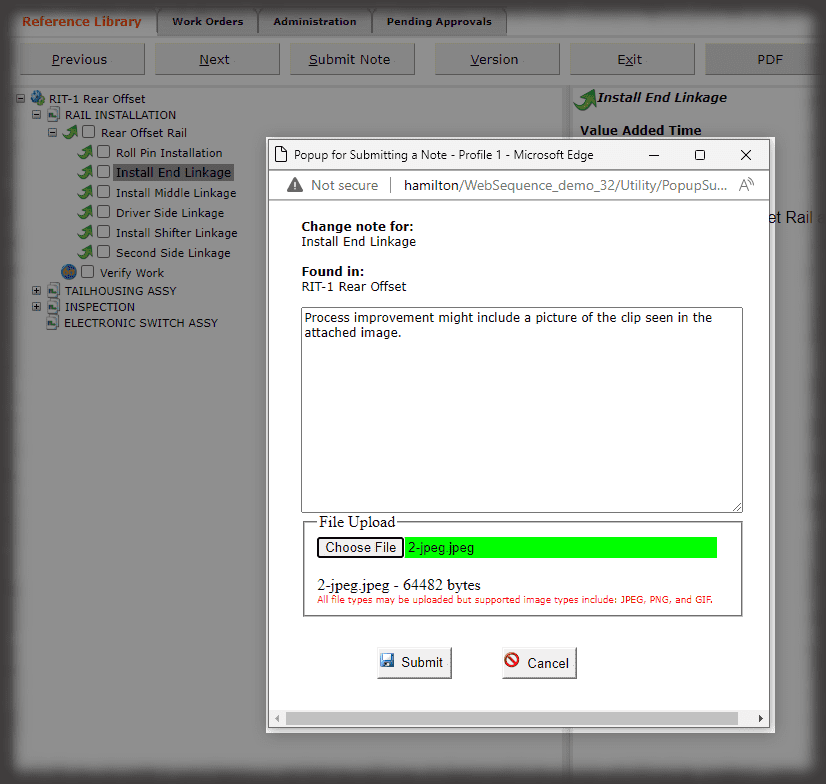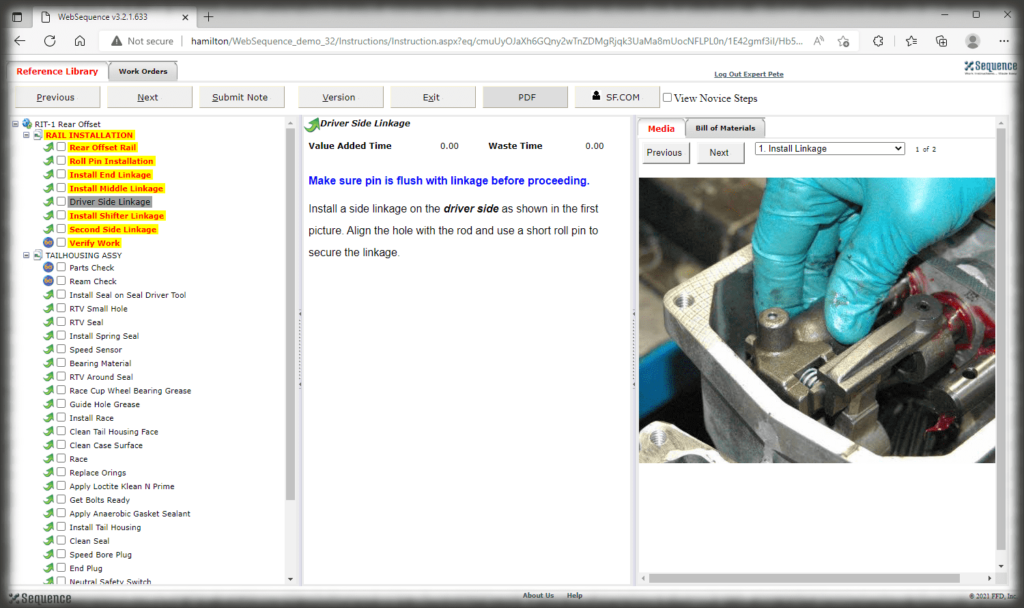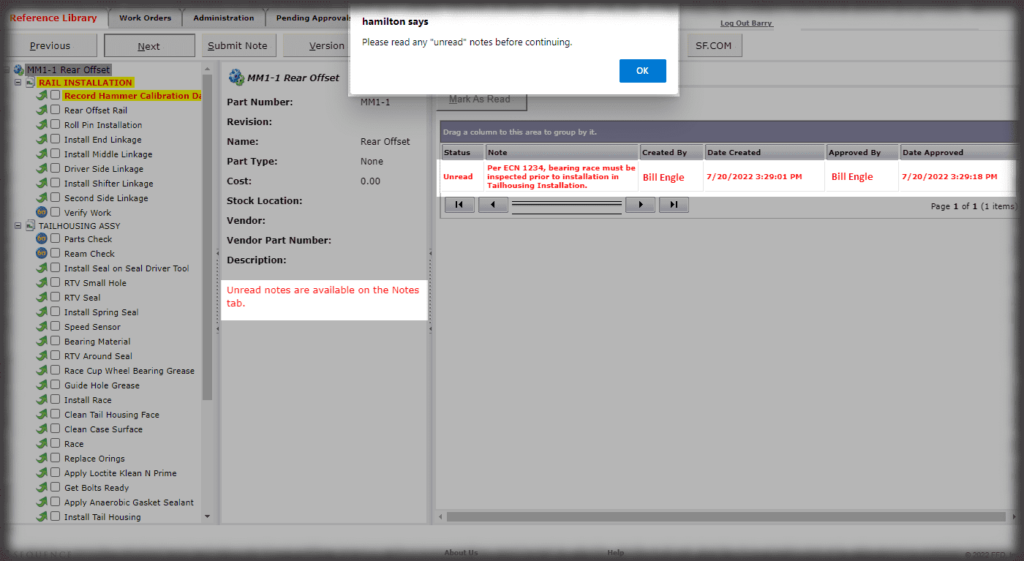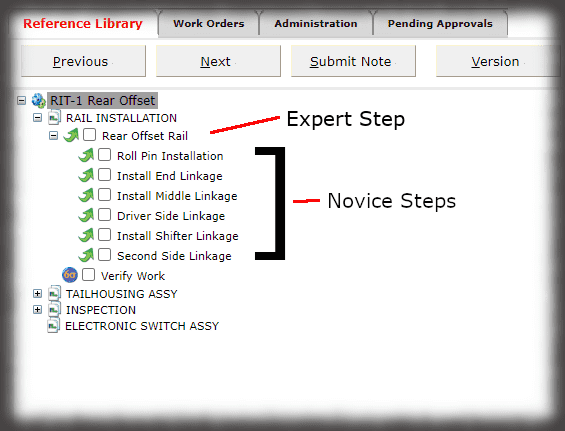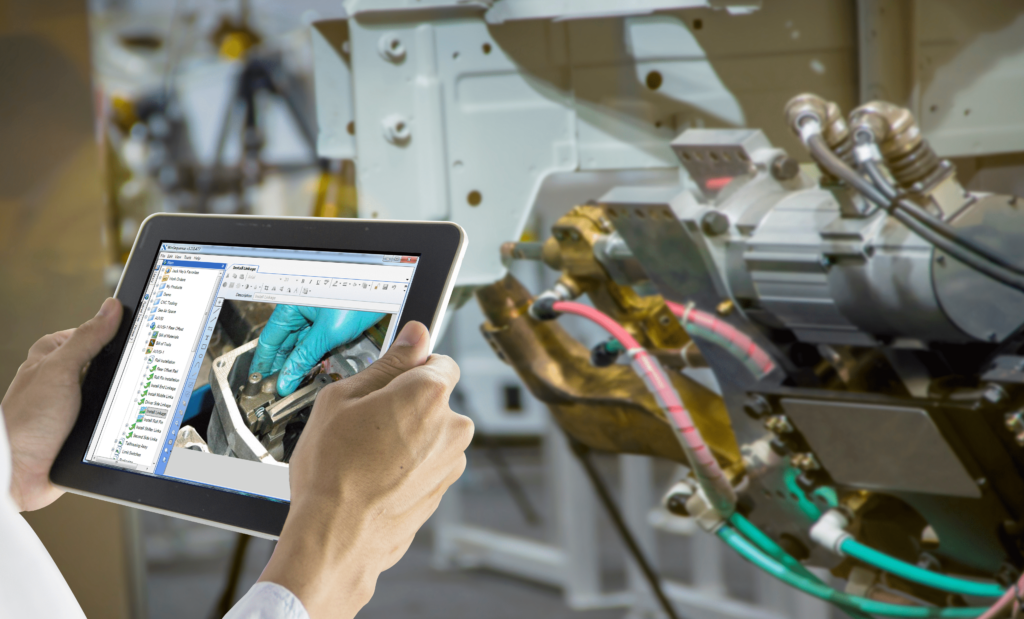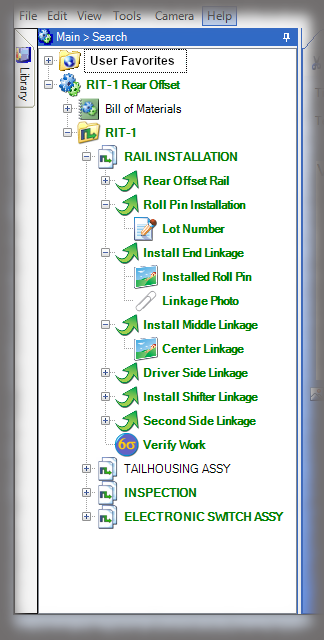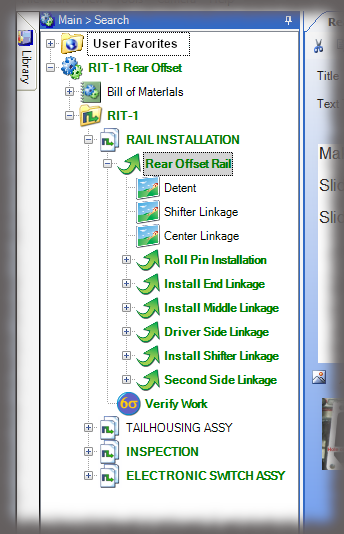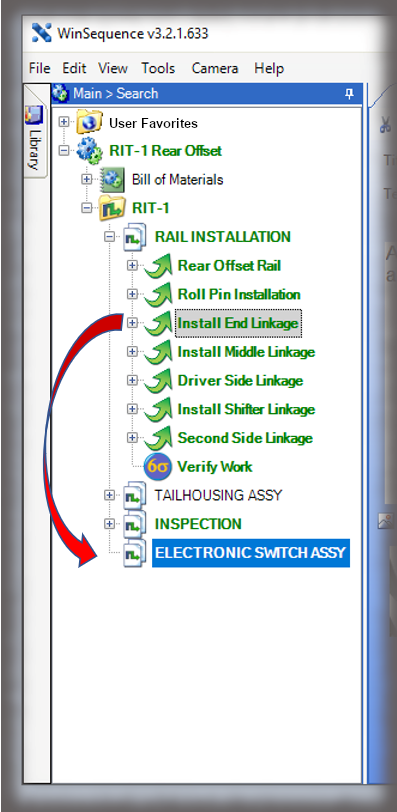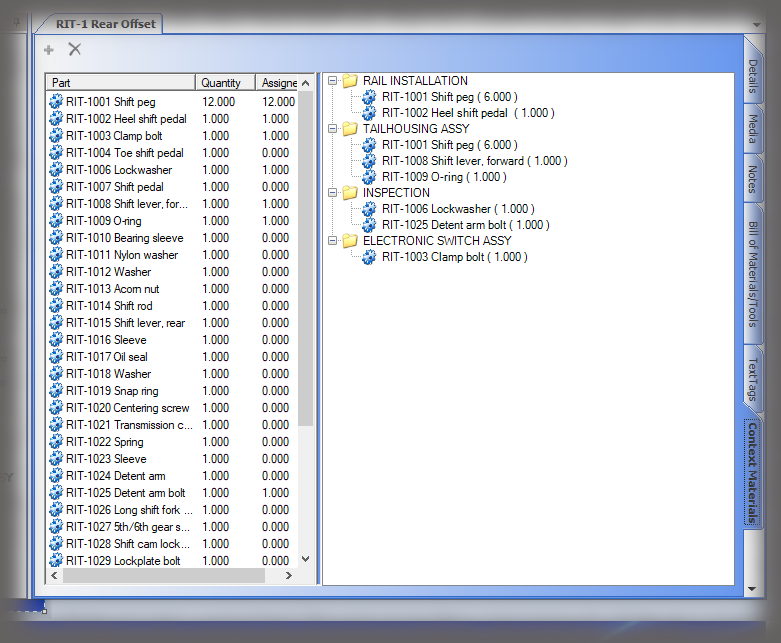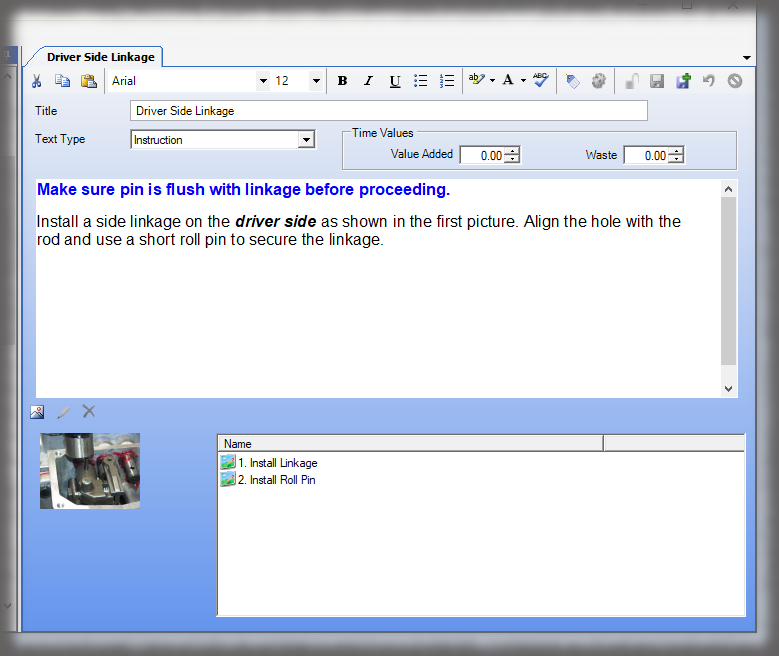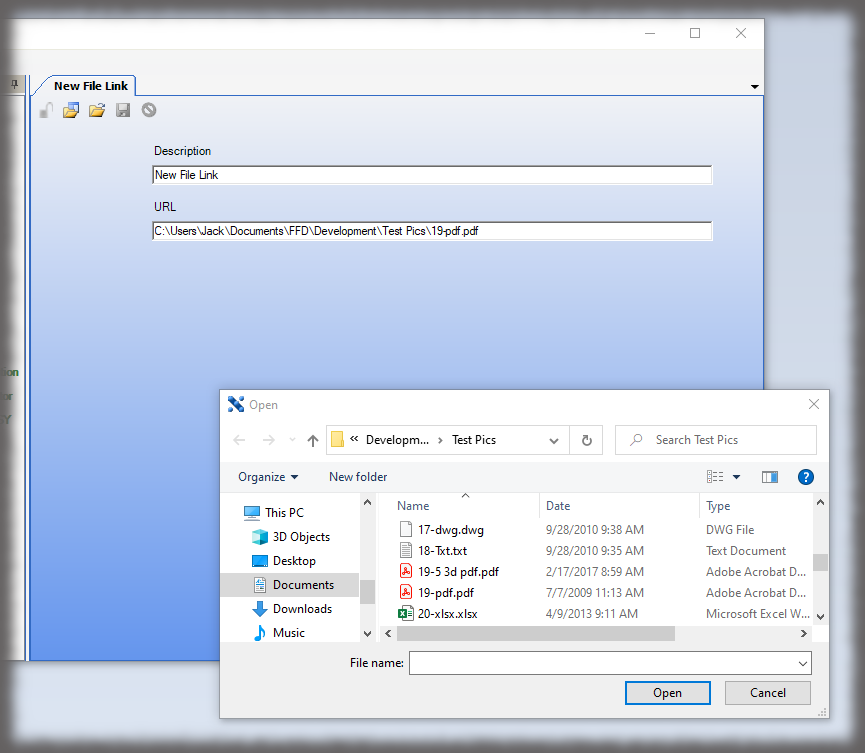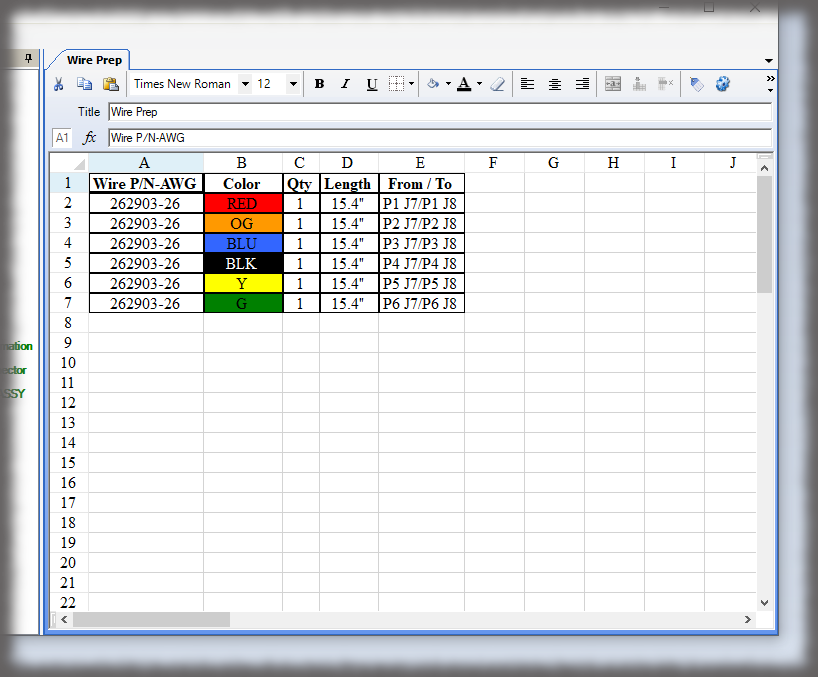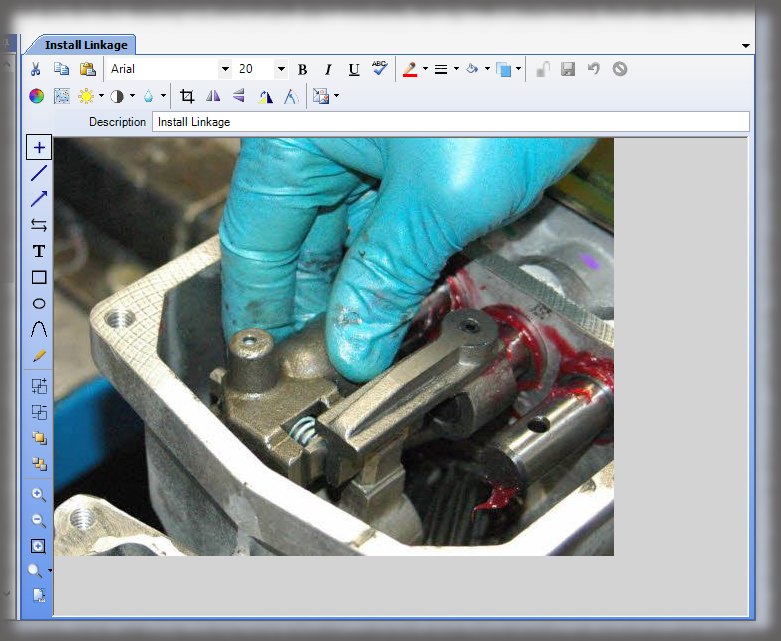Manufacturing execution systems (MESs) have been around since the mid-1990s. Monitoring and managing shop floor operations using data and integrated tools is nothing new. Neither is the concept of training workers through electronic work instructions with videos and images. But until recently, electronic work instructions and MESs formed their own data silos. MESs might identify problem areas in the manufacturing process, but they don’t correct work errors or detail the steps of a specific task. MESs and electronic work instructions still serve separate functions for manufacturing companies, but new opportunities to integrate them can help continuously optimize manufacturing processes using real time data.
What is a Manufacturing Execution System?
A manufacturing execution system (MES) is a set of software tools that track and document the manufacturing process to ensure quality and efficiency. Its primary purpose is to visualize and optimize the day-to-day processes on the shop floor through data. MESs connect the machines on the manufacturing floor and may connect multiple sites and vendors. They often also integrate with Enterprise Resource Planning (ERP) software, transacting order completion and operation completion, for example, back to the front-office system.
The MES provides visibility across the manufacturing system and allows manufacturers to track any number of factors that might slow production or affect quality. By monitoring this data in real time, you can ensure your manufacturing plants and overall business make progress toward your goals and find areas for improvement.
What a Manufacturing Execution System Can Do
A MES enables your manufacturing processes to be data driven. It uses real metrics and connected, integrated insights to project where problems might arise and identify areas for improvement. At a 30,000-foot view, a MES helps you maintain a schedule, monitor quality, visualize your manufacturing process, and share data with your ERP to see how manufacturing impacts other business processes.
Diving down a bit deeper, most MESs focus on 11 standard functions:
Operations Management: Make production plans and routing available to all employees, reducing miscommunication.
Dispatching Production Units: Manage the flow of products across the shop floor and communicate data to your ERP in real time.
Production Tracking and Genealogy: Track individual parts and components or batches across the manufacturing process to monitor quality.
Labor Management: Manage skills and authorizations for shop floor employees and identify who needs training or where work instructions need improvement.
Quality Management: Pinpoint the causes for quality deviations.
Maintenance Management: Plan preventative machine maintenance to reduce downtime.
Data Collection: Bring data from all the shop floor tools into a single location to visualize and improve processes.
Process Management: Trace process routing and operational sequencing for consistent production.
Performance Analysis: Measure KPI performance and find areas for improvement.
Document Control: Provide access to important documents and manage authorization for who can see or edit what documents and when.
Resource Allocation: Track where resources are, what quantities you have, and how much your process uses.
While many MES tools offer features beyond these core functions, these 11 have been the heart of how MESs monitor manufacturing processes since the first MES system was developed.
What a Manufacturing Execution System Can’t Do
The MES serves as the thread linking each of the steps in your manufacturing process together. It standardizes and integrates data so it’s obvious when any of the steps are out of sync. By digitizing operations and compiling data across the entire manufacturing process into a single platform, you can see and control your entire manufacturing scope in one place.
But each step in your manufacturing process has its own tactics. The MES was designed to manage the overall system, not the individual tactics within the system. The MES guides products from step to step. It’s not built to guide how people work within each manufacturing step.
To say it more simply: a MES replaces paper work orders and travelers not work instructions.
How Can a MES and Electronic Work Instructions Benefit Each Other?
Many MES tools can integrate with digital work instructions and ensure that the right instructions appear on the right tools at the right time. A digital work instruction module or integration within an MES offers detailed explanations of how to complete work, often with accompanying videos and photographs or interactive 3D models.
MESs can benefit digital work instructions by helping to identify where a work process might need improvement or where a worker might need additional training. They can set guides around who does what and monitor how long it takes people to complete tasks, and an MES can show through data what steps are slowing the process or creating more quality errors. An MES can monitor adherence to work instructions through reporting, task enforcement, and automation.
How Do MESs and Electronic Work Instructions Tie to the Digital Thread?
Electronic work instructions, MESs, and the digital thread form a series of nesting dolls:
- Electronic work instructions govern individual manufacturing steps.
- MESs integrate data from each manufacturing step and visualize the manufacturing process.
- The digital thread integrates data across the product lifecycle from design to manufacturing process through the supply chain, only ending in customer reviews.
Both electronic work instructions and MESs are components of the digital thread. Work instructions establish what data MESs collect about labor productivity and performance. Labor management and performance are just two of the types of data MESs contribute to the digital thread. And manufacturing data is just one of the many elements of a product’s digital thread.
When all three work together, you have seamless communication between business disciplines and can track how electronic work instructions could be improved to benefit sales, the supply chain, finance, or other functions outside the manufacturing process.
Moving Towards Smart Manufacturing with Sequence Software
Smart manufacturing is no longer a wave of the future, it’s the ocean our industry floats in. Managing manufacturing systems, and people, based on real-time data is becoming a competitive table stake. Enforcing work instructions in real time and identifying work processes that need improvement quickly requires electronic work instructions and MESs working in sync to pinpoint and resolve consistent bottlenecks and quality deviations.
Sequence Software makes at least the shop floor instruction shift to digital simple and easy. Our software is user-friendly and allows work instructions to be shared via pre-formatted PDF or in a real-time and interactive digital interface. If you are ready to reduce errors, improve efficiency, and save on costs, reach out to us today to find out more about our digital work instructions options. Give us a call at 866-863-7541 or request a demo online.


